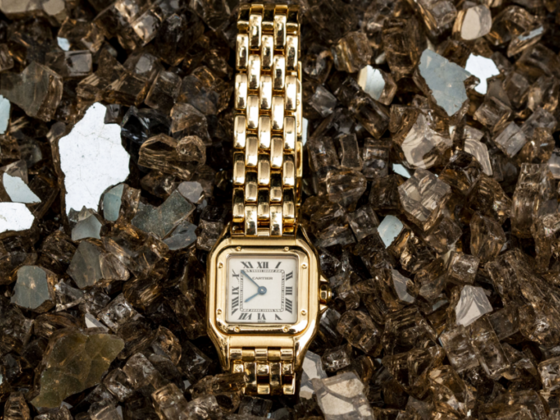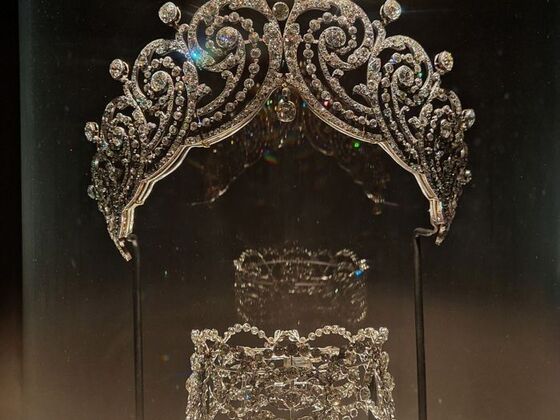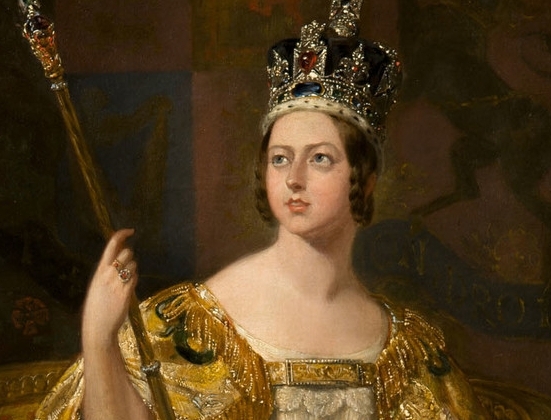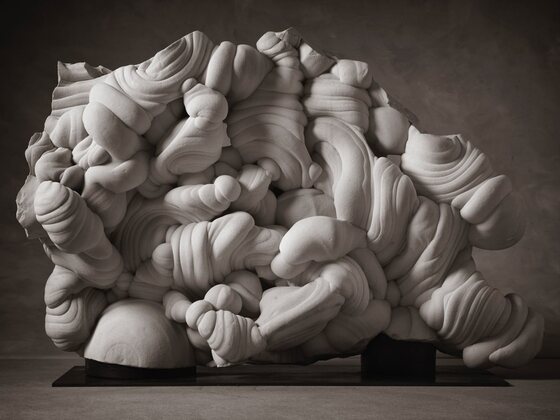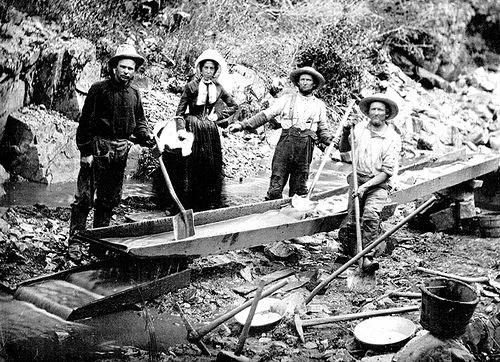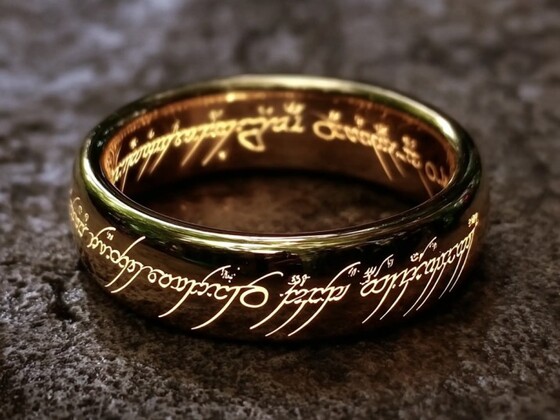Weapons, tools, ships, and jewellery are frequently found meticulously placed around the dead when archaeologists unearth Viking burial sites. Archaeologists commonly discover gemstones and crystals among these treasures; sometimes they find simple quartz, while other times they uncover exotic amber, garnet, or carnelian imported from distant lands. Their presence raises important questions: Why did Vikings carry gemstones to the afterlife? Were they trade artefacts, status symbols, or spiritual tools?
From their spiritual and symbolic meaning to their association with wealth, trade, and Norse cosmology, this article examines the part gemstones played in Viking burial customs. By comparing findings from Scandinavia and beyond, we can gain a deeper understanding of why Vikings placed crystals in graves. And what these stones reveal about their perspectives on life, death, and the afterlife.
Viking Burial Customs in Context
Viking funeral traditions were diverse and deeply symbolic. Depending on the region, time period, and social class, a Viking burial might involve cremation, a ship burial, or an earth grave. Despite differences, one unifying thread ran through all practices: the inclusion of grave goods.
Grave goods were objects placed alongside the deceased, ranging from weapons and tools to clothing, jewellery, and livestock. They served both practical and symbolic functions. Practical items were prepared to support the dead in life beyond the grave, ensuring they had what they would need in the afterlife. Symbolic items, on the other hand, demonstrated identity, social rank, and wealth.
Within this system, gemstones held a special place. Unlike swords or ships, whose functions were readily apparent, crystals offered spiritual power, mystical resonance, and connections to Norse beliefs. Vikings may have seen them as guiding lights to the afterlife or as protective amulets for the soul’s journey.
Gemstones and Crystals Found in Viking Graves
Archaeologists across Scandinavia have identified a surprising variety of gemstones in Viking tombs, demonstrating both the breadth of Viking trade and the rich symbolism attached to these stones. Excavations routinely uncover amber, quartz, carnelian, garnet, and rock crystal among the grave goods, each with its own unique story and cultural significance.
Amber
Amber, with its distinctive golden glow, stands out as one of the most prevalent gemstones found in Viking burials. Vikings didn’t simply use amber for adornment—they incorporated amber beads into necklaces and bracelets, traded amber as a valuable commodity throughout Europe, and even burned it in ritual fires to cleanse or honour the dead. The abundance of amber across the region speaks not only to local resources but also to widespread belief in its protective and mystical powers.
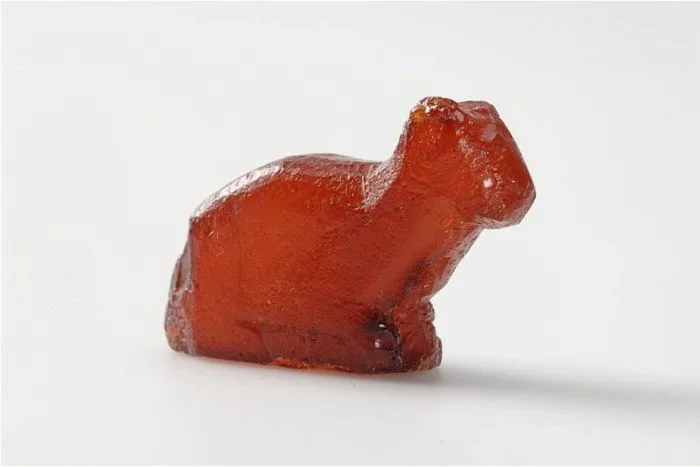
Quartz
Quartz frequently appears alongside other grave goods, indicating its popularity and perceived importance. Vikings may have viewed quartz as a symbol of light, guidance, or magical potency, all vital qualities for navigating the journey to the afterlife. Additionally, quartz had practical value; its use in fire-making illustrates how everyday tools and spiritual objects often blended within burial rites.
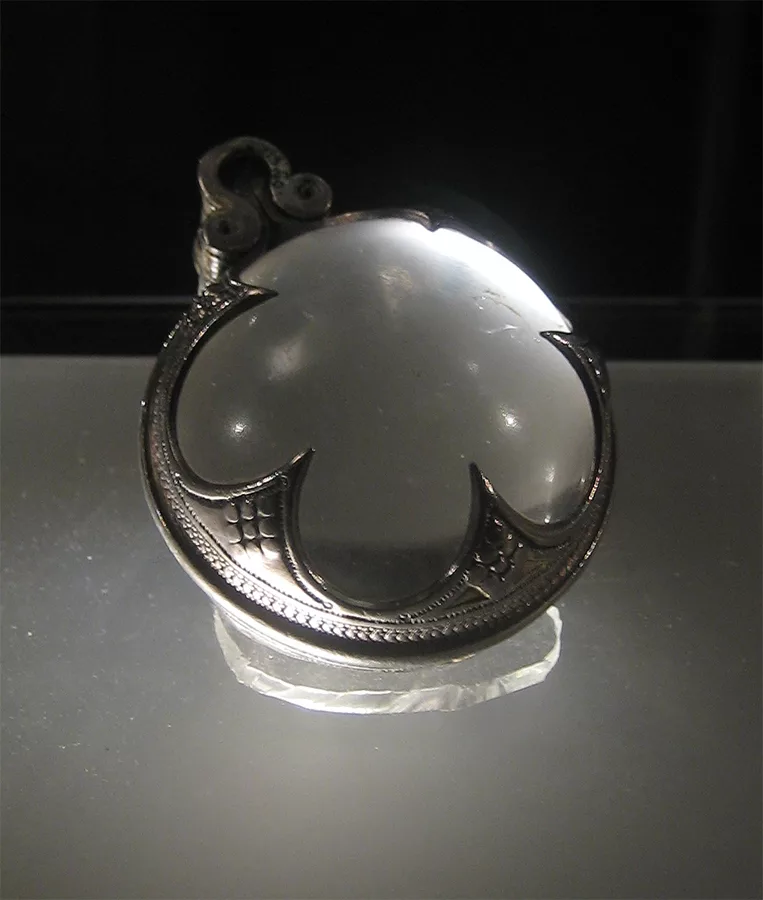
Carnelian
Carnelian’s distinct orange-red hue signals its exotic origins in the Middle East and India. Archaeologists recognise carnelian in graves across Scandinavia, revealing that Viking societies participated in extensive long-distance trade networks. Owning carnelian beads not only signified status but also connected the deceased to a far-reaching web of commerce and cultural exchange.
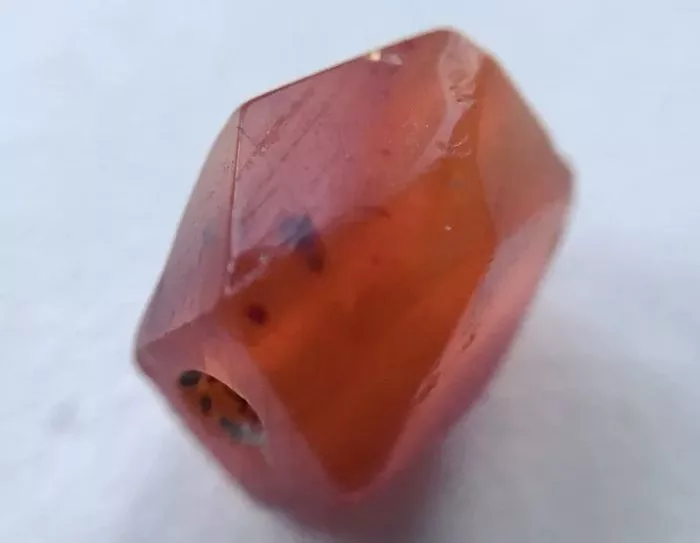
Garnet
Garnet emerges as another favourite, particularly in high-status burials. Its deep red colour and dazzling appearance made garnet desirable for jewellery and decorative objects. Still, this stone also represented vitality, wealth, and resilience—qualities Vikings valued in both life and death.
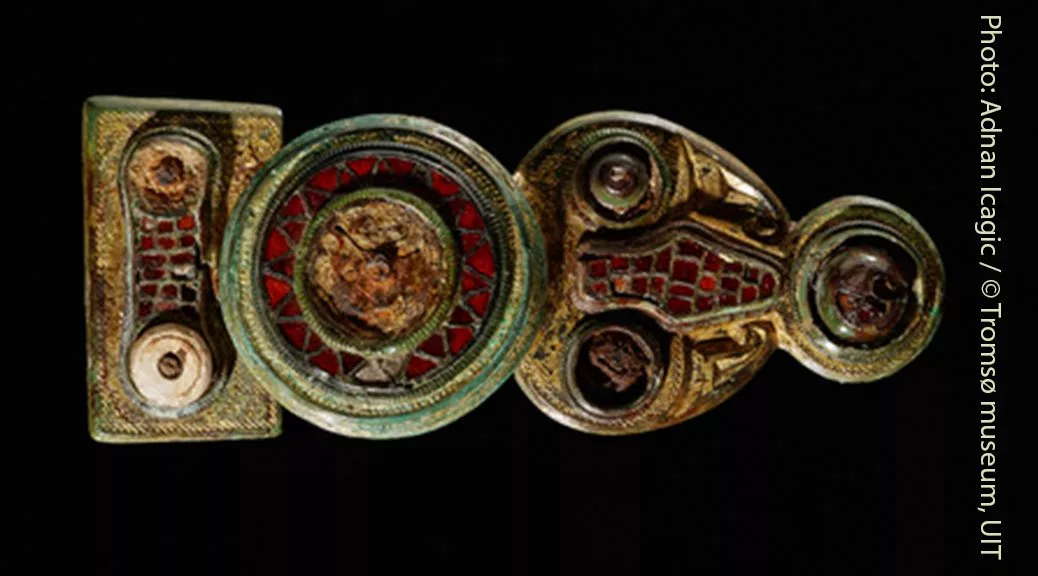
Rock Crystal
Rock crystal and other clear stones, often buried with the dead, exemplify purity and protection. Many believed that clear crystals could guard the soul, ward off evil spirits, and ensure safe passage to the world beyond.
Major archaeological sites, such as Birka in Sweden, Oseberg in Norway, and the burial fields of Gotland, have yielded stunning examples of these gemstones carefully placed alongside the deceased. These finds reveal that Vikings selected and arranged gemstones purposefully, using them as more than decorative ornaments. Instead, each stone conveyed a message of social identity, spiritual hope, or magical intent—making them indispensable elements of the Viking burial experience.
Symbolic and Spiritual Meanings of Gemstones
In Norse cosmology, the universe was alive with powerful forces. Objects, especially natural ones like stones, were not inert; they pulsed with hidden energy. Gemstones, therefore, weren’t just pretty ornaments; they were invested with spiritual meaning.
- Protective Power: Quartz, amber, and garnets were thought to shield the soul against harmful spirits. In burial contexts, they may have ensured the deceased reached Valhalla or other afterlife realms safely.
- Symbols of Light: In a culture where long winters brought darkness, stones that shimmered or held light carried profound meaning. They represented hope, guidance, and the eternal solar cycle.
- Magical Tools: Vikings were no strangers to magic. Seers (volvas) and shamans used stones in divination, healing rites, and spellcraft. Placing crystals in graves could ensure that the dead received magical support in the afterlife.
Some scholars propose that gemstones served as transitional objects, helping the soul cross the liminal threshold between worlds. Whether as amulets, guides, or protective charms, they bridged the gap between life and death.
Social Status and Wealth Representation
Not every Viking grave contained gemstones. Their distribution indicates that they were often associated with wealthier or higher-status individuals. Chiefs, warriors, and elite women were more likely to be buried with imported stones such as carnelian or garnet.
- Markers of Power: A richly decorated gemstone necklace or amber beads in a woman’s grave signified high social esteem. Similarly, warriors’ graves sometimes contained gemstones set into sword hilts or pendants, signalling prestige and wealth.
- Rare Imports: Imported gemstones amplified the deceased’s status by showing their access to global trade and high-value materials. A Viking buried with foreign stones demonstrated connections that went far beyond Scandinavia.
- Cultural Memory: By placing gemstones in burials, the Vikings preserved their legacy within their community, leaving material reminders that their family held status, wealth, and power.
In this sense, gemstones functioned as both symbols of this-worldly rank and tokens of preparation for the otherworldly journey.
Trade, Travel, and Cultural Exchange
One of the most fascinating aspects of Viking gemstone use lies in the remarkable origins of these stones. Many of the gemstones unearthed in Viking graves did not originate in Scandinavia; instead, they travelled extraordinary distances, highlighting the Vikings’ extensive trade connections and global reach long before the modern era.
Amber
Amber, while abundant and locally sourced in the Baltic region, became one of Europe’s most sought-after commodities. Vikings capitalised on their access to this precious material by trading amber extensively across the continent. They exchanged it for valuable goods such as silver, fine silk, and exotic spices, which were otherwise unavailable in northern Europe. This trade not only enriched Viking societies materially but also helped to establish Scandinavia as a key hub in the broader European trade network.
Carnelian
Carnelian presents an even more striking example of Viking global connections. This vibrant orange-red stone originates from regions as distant as India and the Middle East. The discovery of carnelian in Scandinavian burials indicates that Viking trade extended far beyond Europe, reaching deep into Asia through intricate trade routes. These stones may have passed through several intermediaries before arriving in Viking hands, reflecting the Vikings’ active involvement in the exchange networks that linked the Silk Road with northern Europe.
Garnet
Garnet, another popular gemstone among Vikings, likely travelled through Eastern European trade routes before reaching Scandinavia. Carried by merchants and traders traversing rivers and overland paths, garnets exemplify the Vikings’ access to diverse and valuable resources from regions beyond their immediate geography. These routes connected the Vikings not only with Eastern Europe but also with the Byzantine Empire, further enriching the Viking sphere with exotic materials.
Glass Beads
Interestingly, Vikings also demonstrated ingenuity in their use of glass beads that resembled genuine gemstones. These glass beads, often colored and crafted to imitate precious stones, reveal both a practical adaptation and aesthetic preference within Viking society. Although not all burial gemstones were natural, these substitutes effectively echoed the symbolic and decorative roles of authentic stones, demonstrating that the Vikings valued the appearance and meaning of gemstones as much as their rarity.
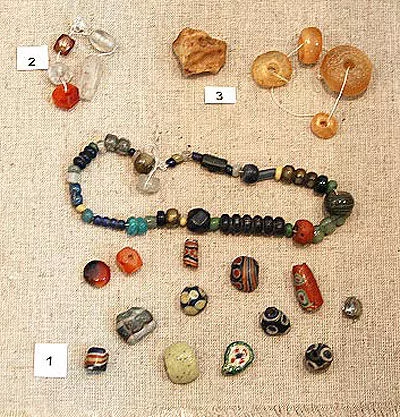
The presence of these far-flung stones in Viking graves powerfully challenges the outdated image of Vikings as mere isolated raiders. Instead, it highlights their role as skilled and savvy traders who forged robust connections across continents. They linked Scandinavia with the Silk Road, the Byzantine Empire, the Islamic Caliphates, and beyond, forming a dynamic network of cultural and economic exchange. Through gemstones, Vikings not only showcased their wealth and status but also physically embodied the global ties that shaped their world. These stones served as tangible markers of cross-cultural contact, intricate trade routes, and the extensive reach of Viking commerce and influence.
Archaeological Debates and Theories
Despite the wealth of archaeological evidence documenting gemstones in Viking burial sites, scholars continue to debate their precise meanings and functions within Viking death rituals. Multiple competing theories have emerged, each highlighting different aspects of how Vikings might have perceived and used these stones in funerary contexts. Exploring these theories helps illuminate the layered complexity of Viking culture and beliefs.
Spiritual Purpose Theory
The Spiritual Purpose Theory suggests that Vikings primarily used crystals and gemstones as magical or protective tools. According to this view, the stones were imbued with mystical properties that assisted the deceased in their journey to the afterlife. Vikings believed the soul faced numerous challenges and dangers after death, including malevolent spirits and obstacles to reaching realms such as Valhalla or Helheim. Gemstones like quartz, amber, and garnet may have served as talismans or amulets to shield and guide the soul through these liminal spaces. This theory draws on Norse cosmology, where natural objects often carried spiritual power, and incorporates evidence of Viking magic, including seers (volvas) who employed stones in rituals for healing, divination, and protection.
Wealth Display Theory
On the other hand, the Wealth Display Theory argues that gemstones functioned predominantly as visual markers of social power and prestige. Placing rare and luxurious stones in graves demonstrated the deceased’s high status and the family’s wealth, reinforcing social hierarchies even after death. Elaborate burial goods, including imported gems like carnelian and garnet, symbolised not only personal accomplishment but also the family’s standing within the Viking community. This display served to uphold family honour, ensure lasting prestige in collective memory, and legitimise claims to power in the living world. The theory emphasises the social and political aspects of burial practices and the significance of material culture in preserving social identity.
Trade Residue Theory
The Trade Residue Theory provides a different angle by suggesting that some gemstones found in graves might not have been intentionally symbolic or spiritual but rather residues of the deceased’s trading life. Vikings were renowned traders, and individuals often carried gemstones as personal possessions acquired through commerce. In this light, gemstones in burials could reflect the deceased’s profession or social role rather than deliberate ritual meaning. Some stones might simply represent goods associated with the deceased’s lifestyle or objects of daily use that were placed in the grave alongside them. This theory emphasises the pragmatic aspects of Viking burials and the interplay between economic activities and funerary customs.
Healing and Practicality Theory
Lastly, the Healing and Practicality Theory posits that Vikings believed specific stones possessed healing or health-promoting qualities, and placing them in graves ensured ongoing well-being in the afterlife. Some gemstones, such as amber and quartz, were reputed to possess curative properties, aiding in both physical and spiritual healing. By including these stones with the dead, the Vikings may have intended to provide the deceased with continued protection against illness or harm beyond the grave. This interpretation blends practical medicine, magic, and spirituality, showing how everyday health beliefs influenced funerary traditions.
These multiple interpretations underscore that Viking beliefs and customs regarding gemstones were not monolithic but integrated pragmatic, spiritual, and social layers, all working together harmoniously. Each theory captures a facet of the cultural significance stones held but does not encompass the full spectrum of Viking attitudes toward burial gemstones. Understanding Viking gemstone use requires appreciating this multifaceted complexity rather than reducing the practice to a single, simple explanation. The stones functioned simultaneously as tools for spiritual protection, symbols of status, reflections of economic life, and practical aids for health, revealing the rich tapestry of Viking cultural life at the threshold of death and beyond.
Conclusion
In Viking graveyards, gemstones served as more than just ornamentation. They functioned as social status indicators, cultural interchange symbols, and protective charms.
Gems were placed in graves as a sign of respect and preparation for Vikings; they protected the deceased, reminded the living of trade relationships and social standing, and honoured the deceased. Humans have utilised crystals to connect with life and death throughout history, as evidenced by comparisons with other cultures.
In the end, Viking burial gemstones serve as a reminder that death was never seen as the end. But rather as a transition that required wisdom, riches, beauty, and magical abilities. Gemstones glittered as everlasting companions during this holy process, bridging the gap between the worlds of the living and the dead.
Frequently Asked Questions (FAQs)
Vikings used gemstones in graves for symbolic, spiritual, and social reasons. They acted as protective charms, status symbols, and reminders of long-distance trade.
Amber, quartz, garnet, carnelian, and rock crystal are the most frequently found Viking burial gemstones.
Yes. Many stones, such as carnelian and garnet, came from the Middle East, India, and Eastern Europe via Viking trade routes.
Gemstones symbolized light, protection, and magical power. They were believed to protect the deceased and guide them into the afterlife.
Ready to Start Your Gemstone Journey?
Don’t wait to discover the world of gemstones! Explore these essential reads right away.
Fascinated by this article and want to deepen your gemstone expertise? Dive into our comprehensive Gemstone Encyclopedia. Here, you’ll discover detailed information about hundreds of precious and semi-precious stones, including their properties and values.
For those interested in the rich cultural significance and fascinating stories behind these treasures, our History section offers captivating insights into how gemstones have shaped civilisations. Or perhaps you’d like to learn more about birthstones?
And if you’re considering gemstones as more than just beautiful adornments, visit our Precious Metal Investing guide. Here you will learn how these natural wonders can become valuable additions to your investment portfolio.
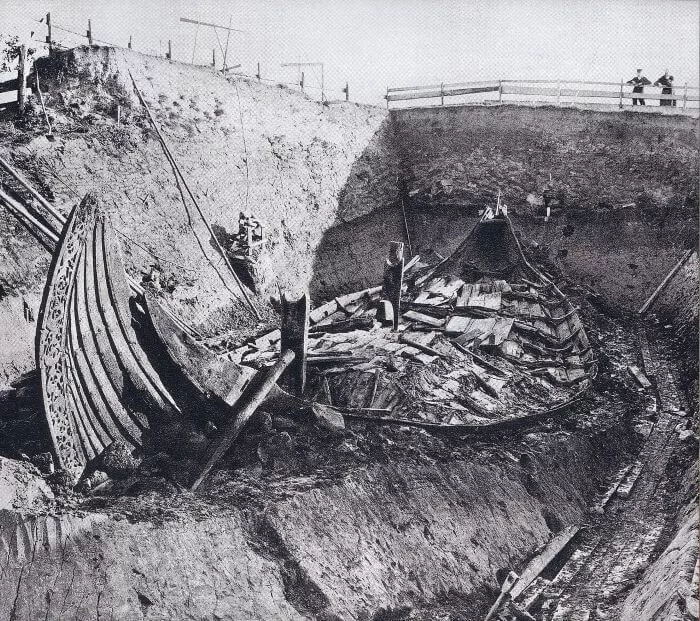
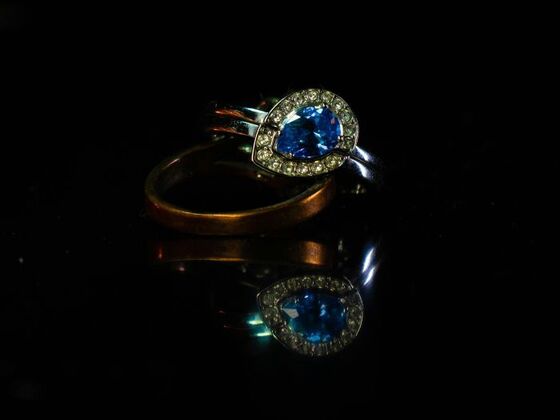
![Pigment analysis of Raphael's masterpiece[7][8] reveals the usual pigments of the renaissance period such as malachite mixed with orpiment in the green drapery on top of the painting, natural ultramarine mixed with lead white in the blue robe of Madonna and a mixture of lead-tin-yellow, vermilion and lead white in the yellow sleeve of St Barbara.](https://gemstonesinsider.com/wp-content/uploads/2025/09/Raphael-Madonna_Sistine_sm-560x420.jpg)
